A lot of my ideas for trainings come from moments when I have experienced something different than the usual. You may find that many of the trainings you create for your health and wellbeing business will come out of moments of frustration or insight where you can see things able to be done differently. And this video came out of something like that, for me.
In this video, I talk about how to create an experience rather than just another workshop, webinar, or retreat.
[vc_video link=’https://youtu.be/JFk5nbwPVT8′]
How To Create An Experience
There are a couple of things that can help you create an experience versus ‘yet another training.’
Don’t get me wrong – ‘yet another training’ is great. But those types of events won’t get the longevity in somebody’s mind and nervous system to remind them that you existed in their life at that point in time.
Creating A ‘Snapshot’
An ‘experience’ happens when all of your senses are involved. When all five of your senses are engaged in unison, it creates an image or “snapshot” of that event in your nervous system. Enough that you’re probably going to share it with somebody.
A Maya Angelou quote comes to mind here. . .
“People will forget what you said, people will forget what you did, but people will never forget how you made them feel.” ~ Maya Angelou
So creating an experience is the sensation of feeling a different way. It’s a really different thing to feel a certain way rather than just learning more knowledge.
More Than Just Information
I had to learn this the hard way. I used to run workshops in a multi-modality practice where I stood in front of nobody. We had a big, beautiful workshop space and it was lovely. Back at the beginning, about once a month I would just stand there with nobody and practice my presentation. But I didn’t make it experiential at all.
Have you ever done this before? Where you’re so excited about the information in your head, so amped about some new science that’s coming out or possibly a game-changing product that looks like it could be amazing for certain conditions . . . and you just want to vomit all that information up to anyone who’s in front of you? (I feel this way about business sometimes, too – I get this overwhelming urge to just blurt it all out.)
But people’s eyes glaze over and they start looking elsewhere. They kind of check out. And you’re like, “Hold on a second! No, I can’t believe I’ve lost you! I’m so excited about it.”
It’s because you haven’t given them a full experience. There isn’t anything else involved except a transaction of information. I see this in certain workshops, training, and even retreats I’ve been on that there’s a transaction of information that hasn’t been thought out at all. So it didn’t make an impression on my nervous system.
When I’m at events, I WANT my nervous system to be engaged. That’s what creating an experience is all about.
Consider – have you ever gone to Disneyland? We went about seven years ago and honestly, I didn’t want to go. I felt like, “I’ve been to Australia’s Wonderland. It closed down for a reason. I’m not keen. Do we have to really go for like two days in a row? That doesn’t sound like something that I’m interested in.”
Consider The Disneyland Experience
So I walk up to Disneyland and there’s a line. But as soon as you walk through everything is an experience! And it is an experience on a whole other level to my experience of Australia’s Wonderland (so there is a reason that is shut down).
My sight, my smells, my sound – my entire nervous system was so engaged in what was happening. There was music, characters coming by – every single element, every single touch-point is an experience. They live and breathe it in every single touch-point they have. They even hide the garbage. THAT is an experience.
I’ve been to other places here in Australia and elsewhere and you can see how they drop out of character when they go around the corner, you see where the garbage bins are. But Disneyland is not like that. Disneyland is Disneyland the whole way through. There is no element that’s out of alignment with the theme so it creates an experience for the nervous system of the people who are there. That’s what an experience is all about.
Here’s the thing about experiences, they’re not replicable. They make an imprint on somebody’s nervous system in a very different way than just delivering an informational, transactional experience.
Take Them On A Journey
Transactional means, “Here is all my knowledge. I’m going to take you to a place (whether that’s a website, a workshop, or a retreat) and I’m just going to give you the information.”
That’s a really different thing from a Transformation where you have thought about the group of nervous systems who are coming to your event. You’ve thought about where they are at the beginning. So when they come to your workshop, webinar, or retreat, they come from a certain space. They might be:
- overwhelmed
- tired
- energetically drained
Start Where They’re At
Start by considering where they’re at in the beginning. When you recognise where they’re at, you can take them on a journey. No matter how long your training is – it could be an hour, seven days, or a whole six-month experience – but you need to meet them where they’re at. Then you talk them step by step through a journey that they want to go on to get to a point where they want to be.
You have to be able to take them all the way through and know where things will happen that might challenge them. So if they want to have double the amount of energy, you have to create an experience that will have them feeling like they have double the amount of energy.
We do this all the time with our one on one clients. When they come in, we meet them where they’re at. Whether they just received a diagnosis, some pathology results, or have certain symptomology, you get really clear what that actually means for them.
The same thing is how any workshop, webinar, or retreat should work. You need to meet them where they’re at, not just give them a bunch of information and say, “Bye! See you later!”
Meet them where they’re at and explain to them what’s going on. But explain in many different ways so that gets the nervous system on-board.
Engage All The Senses
Involve as many of the five senses as you can.
For instance:
- smell – maybe you’re cooking
- visuals – perhaps you include a slide presentation or a video
- touch or movement – involve an experiential or kinesthetic activity
Basically this comes down to some of the tenants of adult learning, experiential learning techniques, and some interesting NLP techniques, called anchoring. These are ways in which you can get that person’s nervous system involved in what they’re learning rather than just passively taking it in.
Meet them where they’re at, explain what’s happening, then take them on a journey.
Storytelling
Have you read Joseph Campbell’s work about the hero’s journey? Basically, it’s the idea that the story of our lives follow the general elements we see in stories as old as the Bible and in pop culture. And if you can take them on a journey that mirrors the way they’ve heard stories before (like the hero’s journey), their whole system is going to be on the journey with you. I bring up this because I’ve seen many a retreat – and have even been on some – that didn’t consider where you start and where you will end up in that week or whatever.
To take people on a hero’s journey, you have to start where they’re at, which is probably tired and fatigued and build them up to a point. This is what happens in the hero’s journey. In it, there comes a point where you think you know enough or that you got what you needed, but then a challenge happens. This challenge happens basically in the middle or in the first third of the whole story, not at the end.
So to give people an experience, take them on a journey where figure out what:
- isn’t working in their life?
- about their condition have they been ignoring?
- isn’t working for their health and their well-being?
Make Them Feel the Feels
As practitioners, we are not so keen on making people feel the feels. We want everything bright and shiny and positive. At least, I sure was.
Back in the days when I was just verbally vomiting the newest research on people and not giving them absolutely anything else, I was all bright and shiny as well. But the second that I got really real with people in the first third of even a consultation, let alone trainings, about where they were actually at, what they were actually missing, and what could happen if they just kept doing the same stuff.. . .
Well, if you get really real with that, they’re going to feel it. That’s what an experience is about. You have to be able to feel a feeling. Then you can take them out of that feeling by giving them the information and tools they need. So they go from “ugh” to “yeah.”
You’ll notice that “ugh” that doesn’t happen at the end of the week, or webinar, or whatever. It happens in the first third to first half. The ‘experience’ is leaving them with a feeling of being able to overcome, with a feeling of hope. But you have to get into the murkiness to get through the challenge.
The Importance of Storytelling
The reason I bring up the hero’s journey is that the experience will take you dipping down and coming back up again. Storytelling is so important because the people you’re training can then tell a story about their experience. And you want them to be able to tell a story of a high, a low, and a high. It’s the way that we remember stuff. It’s the way we shared stories around fires in Neanderthal days. And it’s the way that we share stories in our favourite love songs and ballads.
It’s a high, a low, and a high – minimum. Always end on a high. Don’t break people down on the last day. Make sure you have something positive they can go home with that gives them a sense of hope.
Training doesn’t have to be in that old school way of doing things. Even we were all trained that way – with PowerPoint presentations or something really dry and probably had to answer a whole bunch of questions to prove we were listening. It doesn’t have to be like that anymore.
Don’t create that. You don’t want a transactional experience for your people, you want a transformational experience. Because they’re going to feel a certain way that will motivate them to change AND motivate them to tell other people about their experience, which creates a ripple effect.
Don’t be transactional. Unless it’s totally in alignment with you, then be transactional. But I’m asking and inviting you to lean into the idea that it could be transformational for you and for them.
Techniques To Create An Experience
Storytelling
My last point on storytelling is to make sure you are thinking about the journey that you want to take them on. So whether it is a workshop or an afternoon tea blending session
1. Meet them where they’re at.
2. Take them to a low (how bad has it been for you to create teas before? Hot flashes suck, tell us all about it. Etc.)
3. Create the good stuff on the end.
That is learning through storytelling.
Experiential Learning
There is also an experiential learning technique by a guy named Kolb. If you have done any adult education, then you will have experienced some of this lesson.
You start with a concept – like an abstract concept, a thought pattern. Then you go and you have an experiment. You plan or you think it through but you do a little something that’s not actually the experience. Then you go through the experience of it. Through that experience, you learn something completely different because your entire nervous system feels it. It’s very different from thinking about it cognitively.
Reflective Learning
There’s another element that everybody forgets and that a lot of introverts don’t like very much. It’s called Reflective Learning. In actual fact, it’s one of the tenants of the way that we learn, and how we have shared knowledge throughout the millennium.
Reflective learning is looking back in hindsight on the experience you just had and then sharing it through communication so it sinks in. So when you’re thinking about the experiences that you’re creating, you can conceptualise and then experiment by teaching people. If you teach them at that level, you’re going to get a certain result.
Think about some of the subjects that were really dry in your qualification. Then think about the instructors who described an experience and it stuck with you. You were like, “Yeah, she had that experience and I can put myself there because it was like a story of mine.”
Or, perhaps they took you somewhere. For instance, I remember going on our herb garden tour for the first time and scratching the cinnamon bark. I had conceptualised what cinnamon was and thought it was kind of like paper or bark. Before we went to the herb garden, I was experimenting with the idea of what cinnamon might be like in my head. But going through the experience of it and actually scratching on a cinnamon bark on a little baby tree, smelling it, having it under my nails and feeling the oils on my skin. . . My goodness, it was a totally different thing.
Reflectively, me telling you this story and reflecting back on that experience, totally engaged it. I rang my mum that night telling her all about it. There’s a whole different depth that you can get if you’re reflective with your learning.
Why Create An Experience?
What this means for you when you’re running a workshop, webinar, or retreat. . .
If you are verbal diarrhoea-ing on people, then you’re only covering the first few little bits. You’re giving them a concept. And then you are giving them an experiment of, “I wonder what that would be like?”
But when you give them an experience, it embodies it into the nervous system. When you give them reflective learning, you give them a way to :
- talk to the person next to them
- journal
- express with you what’s been going on
- and express that to the group
Now again, I know introverts don’t like this, but that’s how it sets into your nervous system. It’s exactly how you anchor it into your system. You anchor the lesson that you had. Because it’s not the same one that you were thinking of having. It’s the one that you actually felt. By doing all of these, you’re going to have an experience that will stick with people.
That’s the hardcore, heavy-duty science of it all. But if you start thinking about it this way, then you can apply what you’ve thought about from another angle. Disneyland versus Biz Week World.
Use Multiple Techniques At Once
My experience with Disneyland was different because:
- I was first able to think about what it was going to be like (not too keen).
- Then I was able to experiment in my mind what it would be like (plan it out).
- And finally, the actual experience was totally five senses different. And it was so perfectly in alignment with its theme.
I’ve done other trainings with workshop ideas that give you actual experiential things to do. For instance, showing people what the surface area of an adult gut actually is by showing them double bed sheets. They might think it, they might notice it, but when you’ve got two actual double bed sheets next to one another, they’ll be going, “Oh! That’s the surface area.” And then they will share that experience. It’s anchored in. And they’re going to take those bloody probiotics, as much as you want to give them!
Be Intagramable
The other thing about these experiential things is that they’re Instagrammable. It’s easy for anyone these days to take a picture on their phone and share it with somebody next to them or tell somebody about the workshop they just went to. It then becomes shareable. And that’s one way you can get your name out in a really amazing, free way. By creating an experience with somebody who reflectively learnt by sharing it on Instagram. And that story exchange then becomes an even bigger ripple effect.
So, this is the thing right? When you are creating something,
You DON’T want to be:
- BizWeek World
- un-Instagramable
- verbal diarrhoea
- an “old-school” teacher
DO think about:
- What is your overarching theme?
- Who are you bringing in?
- Where are they starting?
- What is the journey you can take them on?
- How can you make them feel a little uncomfortable before they get to the high point at the end
So that they reflectively learn and engage, share it with everybody they know, and learn the lesson in their entire nervous system enough that they make a change in their health and well being. A change in their lifestyle that then perpetuates other people asking for that story. And then you’re able to share that story again.
The Next Level
I read a great white paper last year from the Big Red Group, which is an “experience” company. They wrote a really well researched white paper about the experience economy. It talked about how back in the day, we started with commodities. Then we turned the commodities into goods and sold those. Then we turned it into a service, so something came with the goods. For instance, we harvested wild herbs and then those into remedies, which then came with the service of teaching how to use the remedies for health and well-being. And that becomes an experience.
So there’s a progression of the economy and the way that we do business. Although we don’t have a commodity, per se, an experience of the way that your business is perceived by somebody is next-level thinking. So you might have your services which are one on one and your goods, such as remedies that help people.
But what is their experience of you and how they feel after every touch-point with your business? Not just workshops, webinars and retreats. How are they perceiving you when:
- they book in with you?
- you reply (or don’t reply) to emails
- they interact with your website?
- after you’ve seen them?
- they get your follow-up email (or don’t)?
Does it look like you care, even though you’ve said you will? Is there an experience of caring?
This happened recently for me with a gift I received. Emily the Purist has the Purist Collection. It was an amazing experience and not getting something in a box. It was the full experience of
- receiving things that are just right for me
- a little note inside the box
- it arriving right on time
There was a whole experience that went with that. If you have a goods or service – which you do – how can you create an experience of that rather than just a transaction? How can you transform that person’s nervous system into a really memorable snapshot of their experience of you and your business?
This is a really decent thing to consider because it’s one of the reasons we go back to or we share about companies we like. Because we had an amazing experience with them, not just amazing service or goods from them. It was the experience and the customer experience that changed our way of thinking about the story that we create and how we tell it to other people.
Take Action
If this has been helpful to you or would be for somebody else, please make sure you share it! I want to see this ripple effect for all of our profession. If we can go pro in the transformation that we can give people, then it’s going to be so much more profound and a ripple effect for so many more people.
If you are a part of the Natupreneur Hub, come share your takeaways and continue the conversation there. What experiential techniques will you use in your next event or training?
And if you’re not – come sign up! It’s free and we share learnings and information like this on a daily basis.


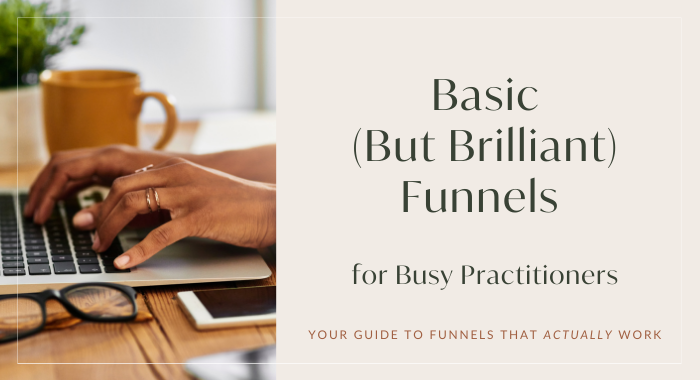
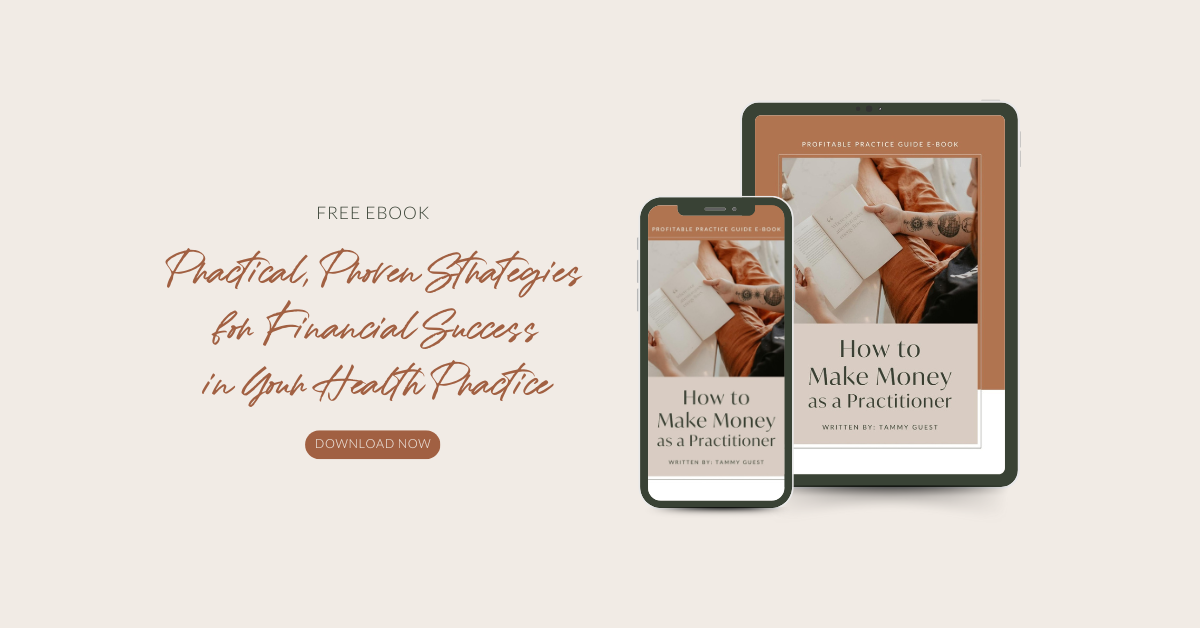


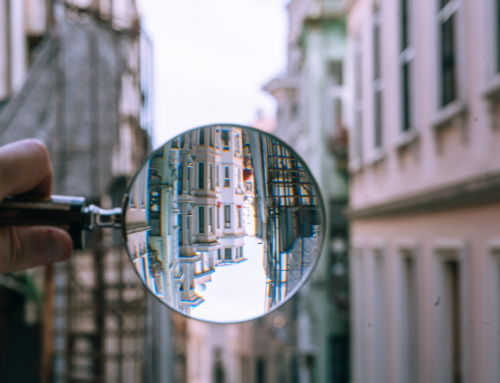
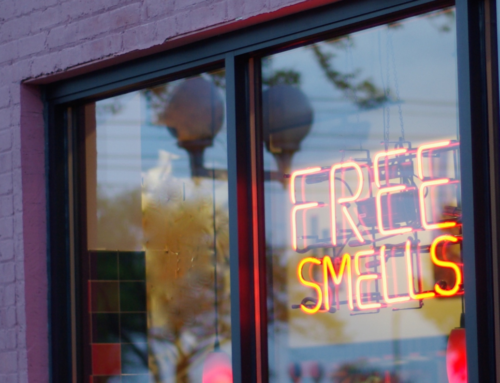

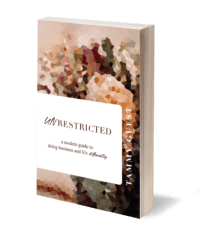
Leave A Comment